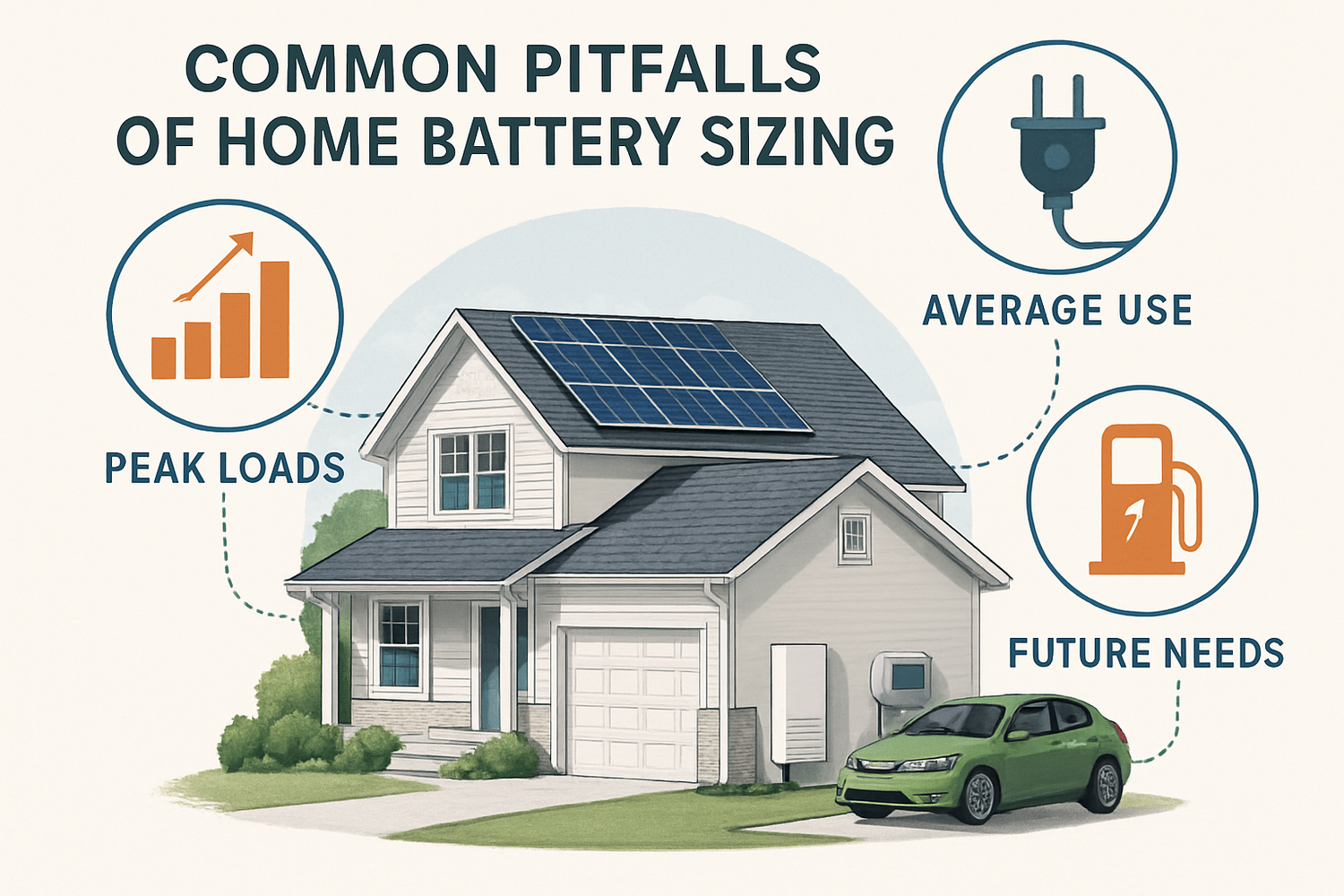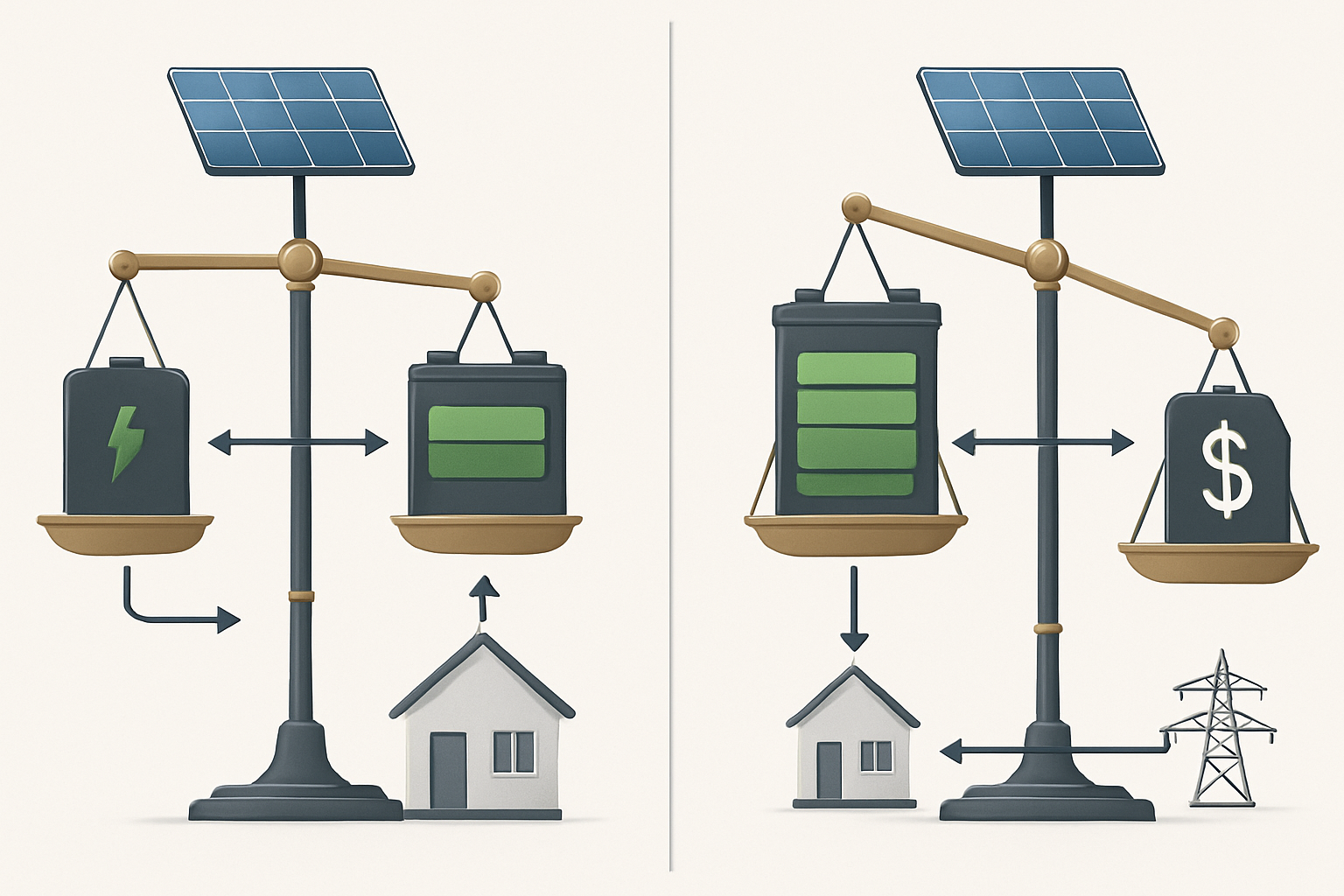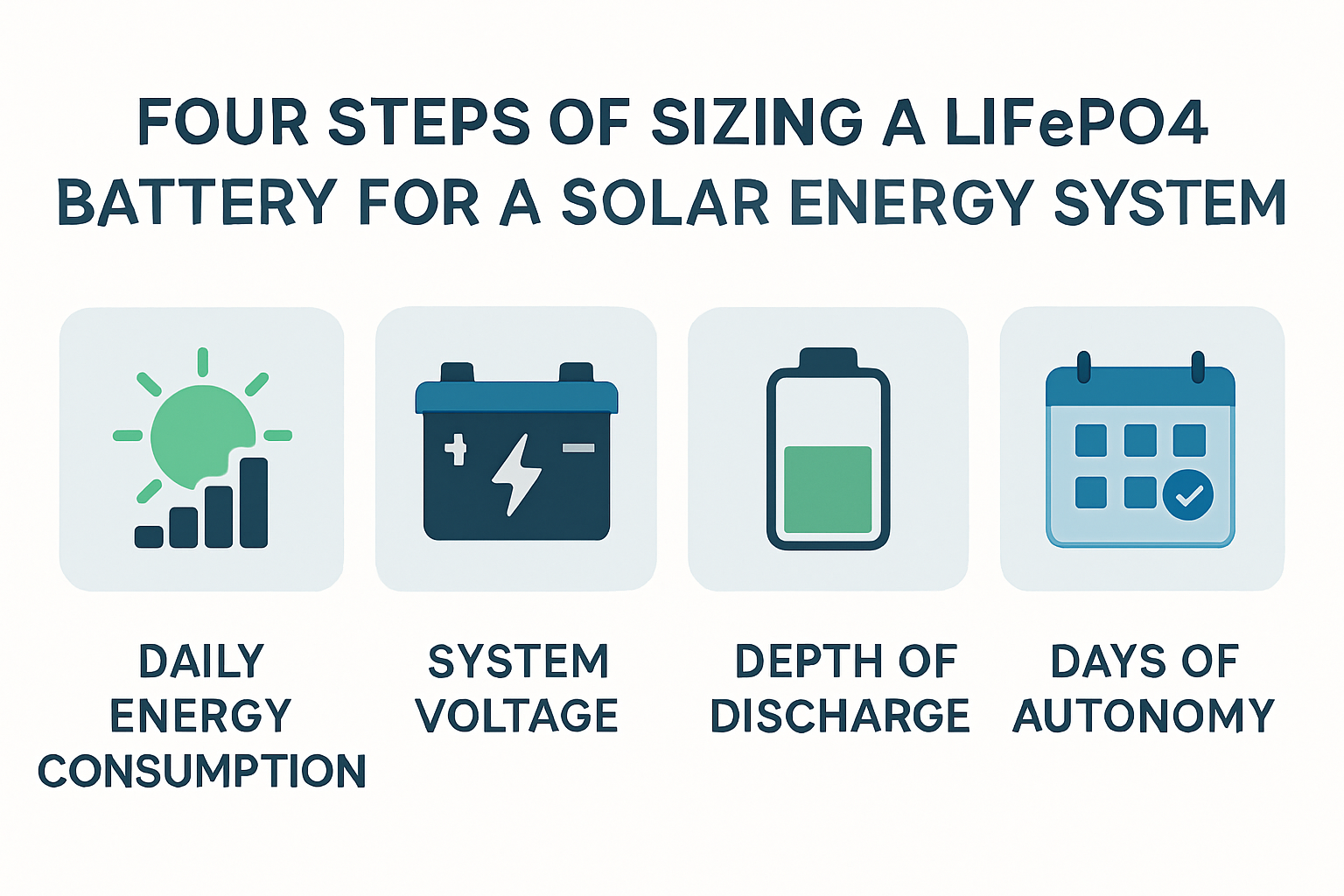Investing in a home battery system is a significant step toward energy independence. It promises reliable backup power and savings on your electricity bills. However, the effectiveness of your investment hinges on one critical factor: correct sizing. Many homeowners make costly errors during this stage, leading to systems that underperform or are unnecessarily expensive. Getting your residential battery sizing right from the start is crucial.
This article cuts through the confusion by outlining five common home battery sizing mistakes. By understanding these pitfalls, you can make a more informed decision and select a system that truly meets your needs for today and tomorrow.
Mistake 1: Focusing Only on Average Daily Energy Use
One of the most frequent errors is sizing a battery based solely on the average daily kilowatt-hour (kWh) usage found on a utility bill. While this number is a useful starting point, it hides the details that matter most for system performance.
The Pitfall of Averages
Your average energy use smooths over critical peaks and troughs in consumption. A home that uses 20 kWh per day doesn't consume that energy at a steady rate. You might use very little overnight but have a huge spike in the evening when you run the air conditioner, oven, and other large appliances. A battery sized only for the average capacity may fail when you need it most.
Why Peak Demand Matters
Peak demand, measured in kilowatts (kW), is the maximum amount of power your home draws at any single moment. Your battery must have a power rating high enough to meet this peak demand. If your simultaneous appliance usage totals 7 kW, but your battery can only output 5 kW, you will experience an overload, and the system won't be able to power your home. It's essential to distinguish between energy capacity (kWh) and power output (kW).
Mistake 2: Ignoring Your Actual Load Profile
A successful battery system is tailored to your specific lifestyle and energy goals. Failing to analyze what you want to power and when you want to power it is a recipe for dissatisfaction.
Essential vs. Non-Essential Loads
Do you need to back up your entire home? For many, the answer is no. A more cost-effective strategy is to identify 'critical loads'—appliances like refrigerators, lights, medical equipment, and internet routers—and connect them to a separate sub-panel. Sizing your battery for these essentials instead of the whole house significantly reduces the required capacity and cost without sacrificing comfort during an outage.
The 'Time of Use' Factor
If your utility has Time-of-Use (TOU) billing, your electricity rates change throughout the day. A properly sized battery can store cheap off-peak energy (or excess solar) and discharge it during expensive peak hours, generating significant savings. This requires a careful analysis of your usage patterns to ensure the battery has enough capacity to cover your consumption during those high-cost periods.
Mistake 3: Overlooking System Inefficiencies
Not every electron generated by your solar panels and stored in your battery makes it to your appliances. Energy is lost at various stages, and failing to account for these inefficiencies can leave you with less usable power than you expected.
The Reality of Round-Trip Efficiency
Round-trip efficiency measures how much energy you get out of a battery for every unit of energy you put in. No battery is 100% efficient; some energy is always lost as heat during charging and discharging. Modern LiFePO4 (Lithium Iron Phosphate) batteries boast high round-trip efficiencies, often above 90%, while older technologies are less efficient. This means if you put 10 kWh into a battery with 90% efficiency, you can only retrieve 9 kWh.
Inverter and System Losses
The inverter, which converts the battery's DC power to AC power for your home, also consumes energy. Additionally, factors like wiring and temperature can contribute to overall system losses. As detailed in the ultimate reference on solar storage performance, these combined inefficiencies must be factored into your calculations to determine the true usable capacity of your system.
| Component | Typical Efficiency | Impact on 10 kWh Stored Energy |
|---|---|---|
| Battery Round-Trip | 93% | 9.3 kWh available from battery |
| Inverter Efficiency | 95% | 8.84 kWh available to appliances |
| Total Usable Energy | ~88% | ~8.8 kWh |
Mistake 4: Disregarding Depth of Discharge (DoD) and Battery Chemistry
The total capacity of a battery and its usable capacity are often two different numbers. The type of battery chemistry and how deeply you discharge it play a massive role in both daily performance and long-term health.
Why DoD Is Critical
Depth of Discharge (DoD) refers to the percentage of a battery's total capacity that is used. Consistently draining a battery to 100% of its capacity can shorten its lifespan. For example, older lead-acid batteries are typically limited to a 50% DoD, meaning a 10 kWh battery only provides 5 kWh of usable energy.
The LiFePO4 Advantage
Modern LiFePO4 batteries are a superior choice for residential energy storage, largely due to their ability to handle a high Depth of Discharge—often 80% to 100%—without significant degradation. This means a 10 kWh LiFePO4 battery can provide 8-10 kWh of usable energy, offering far more value and performance for its rated capacity.
Mistake 5: Failing to Plan for the Future
The energy needs of your household are not static. A system sized perfectly for today might be inadequate in just a few years. A forward-looking approach is essential for a long-lasting investment.
Anticipating Increased Energy Needs
Are you considering buying an electric vehicle (EV), installing a hot tub, or switching from a gas furnace to an electric heat pump? Any of these changes will dramatically increase your electricity consumption. Failing to account for these potential additions can lead to an undersized system that no longer meets your needs.
The Importance of Scalability
The best way to future-proof your system is to choose a modular, scalable design. This allows you to add more battery capacity in the future as your needs grow or your budget allows, without needing to replace the entire system. According to the IEA's report on Clean Energy Innovation, modularity is a key attribute of modern technologies like battery storage. This flexibility is crucial as the role of storage in clean energy transitions expands, a trend also noted in the IEA's analysis of The Role of Critical Minerals in Clean Energy Transitions.
Sizing for Success
Avoiding these five common mistakes transforms battery sizing from a guessing game into a strategic process. By looking beyond simple averages, analyzing your specific loads, accounting for inefficiencies, understanding battery specifications, and planning for the future, you position yourself for a successful investment. A well-sized home battery system, a key component in the future of energy as outlined in the U.S. Department of Energy's Solar Futures Study, is the foundation for achieving reliable power, significant savings, and true energy independence.
Frequently Asked Questions
How many batteries do I need to run my house?
This depends entirely on which appliances you want to run (your critical loads), your peak power demand, and how long you need backup power. A professional assessment is the best approach, but you can start by identifying essential appliances and calculating their combined power draw and expected runtime.
Can I use a battery sizing calculator online?
Online calculators are a great starting point for a preliminary estimate. However, their accuracy depends on the quality of the data you input. Use them to get a ballpark figure, but always consult with a qualified professional to conduct a detailed load analysis and finalize your system size.
Is it better to oversize or undersize my home battery?
Neither is ideal. Undersizing means your battery may not be able to power your essential loads during an outage or cover your peak-hour usage, diminishing its value. Oversizing means you have paid for capacity you will rarely use, which extends the payback period of your investment. The goal is to size the system correctly for your current and near-future needs.
What is the difference between kW and kWh in battery sizing?
Kilowatt-hours (kWh) measures energy; it's the total amount of electricity the battery can store—think of it as the size of the fuel tank. Kilowatts (kW) measures power; it's the rate at which the battery can deliver that electricity to your home—think of it as the speed of the fuel hose. You need enough kWh to last through an outage and enough kW to run all your desired appliances at once.





Leave a comment
All comments are moderated before being published.
This site is protected by hCaptcha and the hCaptcha Privacy Policy and Terms of Service apply.